Purple Rice: Your Ticket to a Healthier Lifestyle
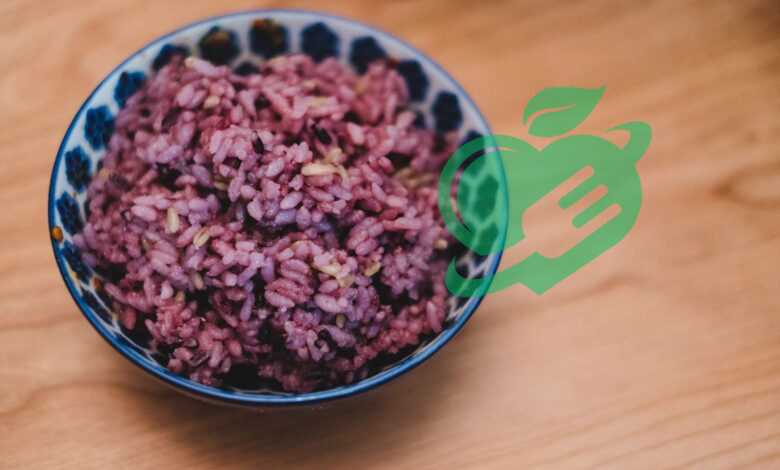
What is Purple Rice?
Purple rice, often referred to as “black rice,” is a whole grain known for its striking deep violet hue. This unique color comes from anthocyanins, powerful antioxidants that not only lend the rice its distinctive appearance but also contribute to its many health benefits. Many cultures treasure rice, considering it a delicacy often reserved for special occasions or served to royalty.
Nutritional Value of Purple Rice
When it comes to nutritional benefits, purple rice stands out as a powerhouse. Here’s a quick breakdown of its nutritional profile:
- High in Antioxidants: Supports cell health and combats oxidative stress.
- Rich in Fiber: Aids digestion and helps maintain a healthy weight.
- Good Source of Iron: Essential for oxygen transport in the body.
- Contains Essential Amino Acids that support muscle growth and recovery.
Incorporating purple rice into one’s diet offers not only aesthetic appeal but also a plethora of health benefits!
Origins of Purple Rice
The intriguing journey of rice begins in Asia, particularly within the regions of China and Southeast Asia, where it has been cultivated for thousands of years. Historical texts reveal that rice was often known as “forbidden rice”—a name that evokes tales of its exclusivity, as it was reserved for emperors and high-ranking officials.
- Ancient Cultivation: Evidence suggests cultivation dates back over 2,000 years.
- Traditional Varieties: Often used in Asian desserts, rituals, and meals.
Cultural Significance
Beyond its origins, rice holds deep cultural significance. Many communities see it as a symbol of prosperity and health.
- Festivals and Celebrations: It frequently appears in traditional ceremonies, signifying abundance.
- Folklore: Stories abound that attribute healing properties to this unique grain.
In many ways, purple rice is not just a food staple; it’s a testament to heritage and tradition, bringing together communities through shared meals and rituals.
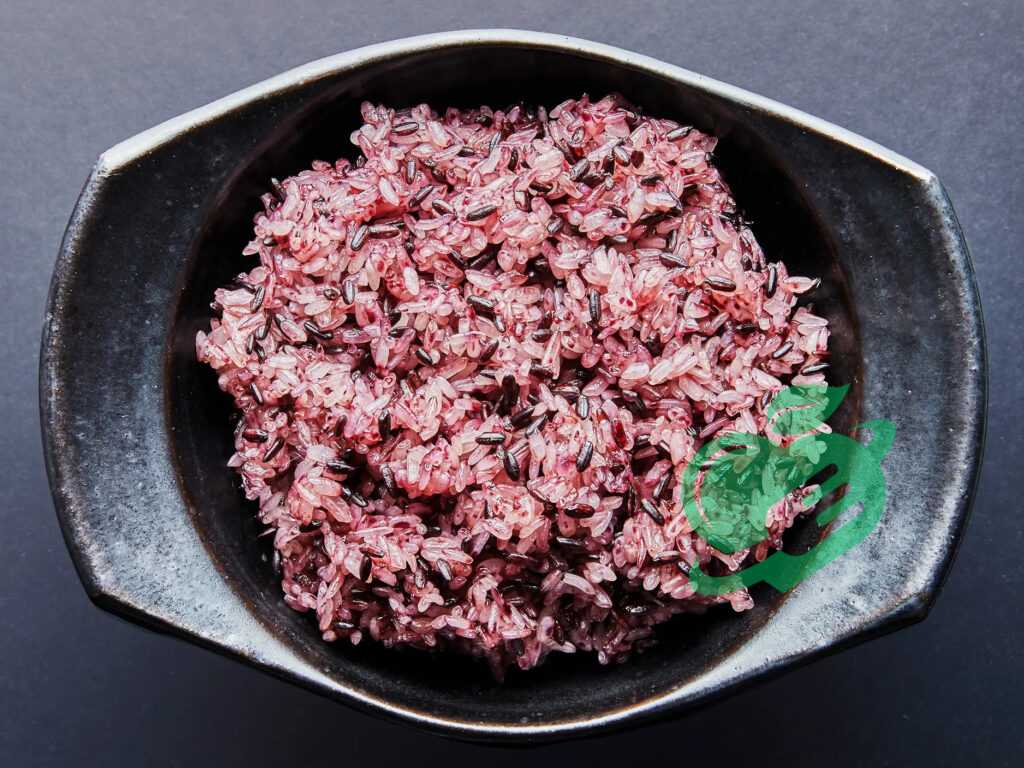
Health Benefits of Purple Rice
Antioxidant Properties
One of the standout features of rice is its impressive antioxidant content. The vibrant purple color comes from anthocyanins, which are natural compounds known for their ability to combat oxidative stress in the body. This is particularly important in today’s fast-paced world, where stress and pollution are rampant.
- Benefits of Antioxidants:
- Protects cells from damage
- Supports heart health
- May reduce the risk of chronic diseases
Anti-inflammatory Effects
Additionally, rice possesses anti-inflammatory properties that can help keep chronic inflammation at bay. By incorporating it into the diet, one might experience improved overall health and wellness.
- Anti-inflammatory Benefits:
- Supports joint health
- It may alleviate symptoms of inflammatory conditions
- Contributes to healthier skin
With its combination of antioxidants and anti-inflammatory effects, rice can be a delicious way to nourish the body while promoting a healthier lifestyle!

Cooking with Purple Rice
Now that we’ve explored the health benefits of rice, let’s dive into the kitchen! This versatile grain pairs well with a variety of dishes. Here are some tasty recipe ideas:
- Purple Rice Salad: Toss cooked purple rice with cherry tomatoes, cucumbers, and feta cheese—drizzle with a lemon vinaigrette for a refreshing meal.
- Risotto: Use purple rice in traditional risotto for an eye-catching twist. Combine with mushrooms and parmesan.
- Sweet Purple Rice Pudding: Cook purple rice with coconut milk, sugar, and spices for a delightful dessert.
Cooking Tips
To make the most out of cooking purple rice, keep these tips in mind:
- Rinse Before Cooking: This removes excess starch and helps achieve a fluffier texture.
- Use a Ratio: Generally, use 2 cups of water for every cup of rice.
- Adjust Cooking Time: Purple rice typically takes longer to cook than white rice, around 30-40 minutes.
Experiment with these ideas to discover the culinary delights that rice has to offer!

Brands to Try
With the growing popularity of purple rice, several brands are stepping up to offer high-quality products. Here are a few to consider:
- Lotus Foods: Known for its organic purple rice, Lotus Foods offers a delightful and eco-friendly option.
- Nijiya Market: Their selection of purple rice is often used in traditional Asian dishes, providing authenticity and flavor.
- Mighty Rice: A popular choice, Mighty Rice combines the appeal of purple rice with added health benefits.
Different Forms Available
As you explore the market, you’ll find that purple rice comes in various forms to suit different culinary needs:
- Whole Grain: Retains all the nutrients and is great for creating hearty dishes.
- Flour: Perfect for baking or thickening sauces, adding a unique flavor and color.
- Instant Rice: Convenient for quick meals, ideal for busy lifestyles.
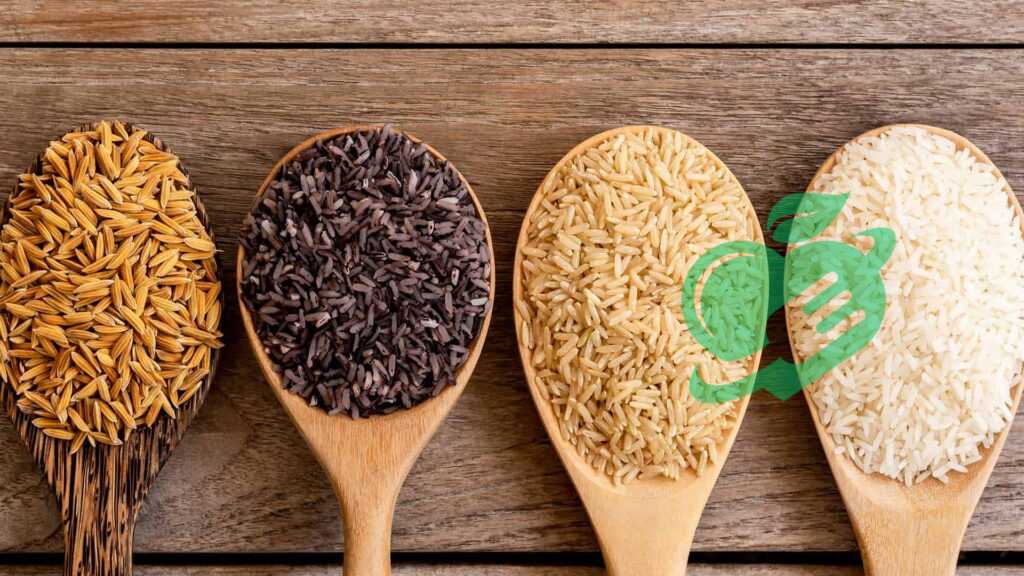
Planting and Care Tips
Growing purple rice at home can be a rewarding experience for any gardening enthusiast. Start by selecting a sunny spot with well-drained soil. Here are some planting and care tips:
- Seed Selection: Choose quality rice seeds from a reputable supplier.
- Soil Preparation: Amend the soil with compost to ensure rich nutrients.
- Watering: Keep the soil consistently moist but avoid waterlogging.
- Spacing: Plant seeds at least 8-12 inches apart to allow for growth.
As the rice plants develop, they’ll require regular care and attention to thrive.
Harvesting and Storing
Once your plants reach maturity, it’s time for harvest, which typically occurs in late summer or early fall. Watch for these signs:
- Golden Hues: The grains should turn a golden amber color.
- Brittle Stalks: Stalks begin bending easily; this indicates readiness.

Incorporating Purple Rice into Your Diet
Meal Planning
Incorporating purple rice into your diet can be both a delicious and nutritious choice. When meal planning, consider these ideas to ensure a balanced approach:
- Bowl Meals: Create colorful bowls by layering purple rice with grilled vegetables, protein (like chicken or tofu), and a flavorful dressing.
- Soups and Stews: Add rice to soups for a hearty texture and nutritional boost.
- Breakfast Bowls: Use it in a breakfast parfait with yogurt and fruits for a vibrant start to your day.
Planning will not only save time but also introduce you to the versatility of rice!
Dietary Considerations
While purple rice boasts numerous health benefits, it’s essential to consider dietary needs.
- Gluten-Free: Perfect for those with gluten sensitivities.
- Whole Grain: Rich in fiber, it aids digestion and keeps you full longer.
As always, moderate your portions and pair purple rice with a variety of foods to ensure a well-rounded diet!
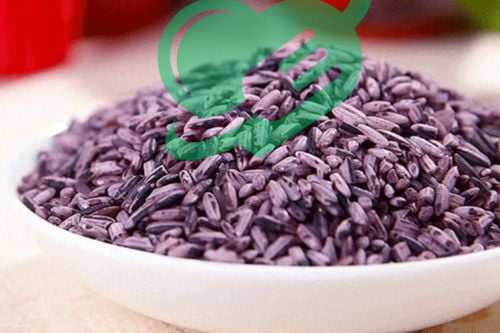
Research and Studies on Purple Rice
Many recent studies have begun to spotlight the health benefits of rice, revealing fascinating insights. Research indicates that the anthocyanins responsible for its rich color may have significant antioxidant properties. For example:
- Cardiovascular Health: Studies show that these compounds can help lower cholesterol levels.
- Blood Sugar Regulation: Emerging research suggests that purple rice may help maintain stable blood sugar levels, which is beneficial for those managing diabetes.
As these findings continue to emerge, they reinforce the idea that dietary choices can play a vital role in overall health.
Read also: Dye Disasters? 7 Easy Solutions for Removing Hair Dye from Skin
Potential Applications
The growing body of evidence surrounding rice’s health benefits opens doors to exciting applications:
- Functional Foods: Food manufacturers might incorporate rice into healthy foods and snacks.
- Supplements: There’s potential for developing supplements that leverage its antioxidant properties.
With increasing awareness of its benefits, rice is likely to carve a unique niche in the health and wellness market!
Read also: How to Make Chia Seed Water: A Step-by-Step Guide.
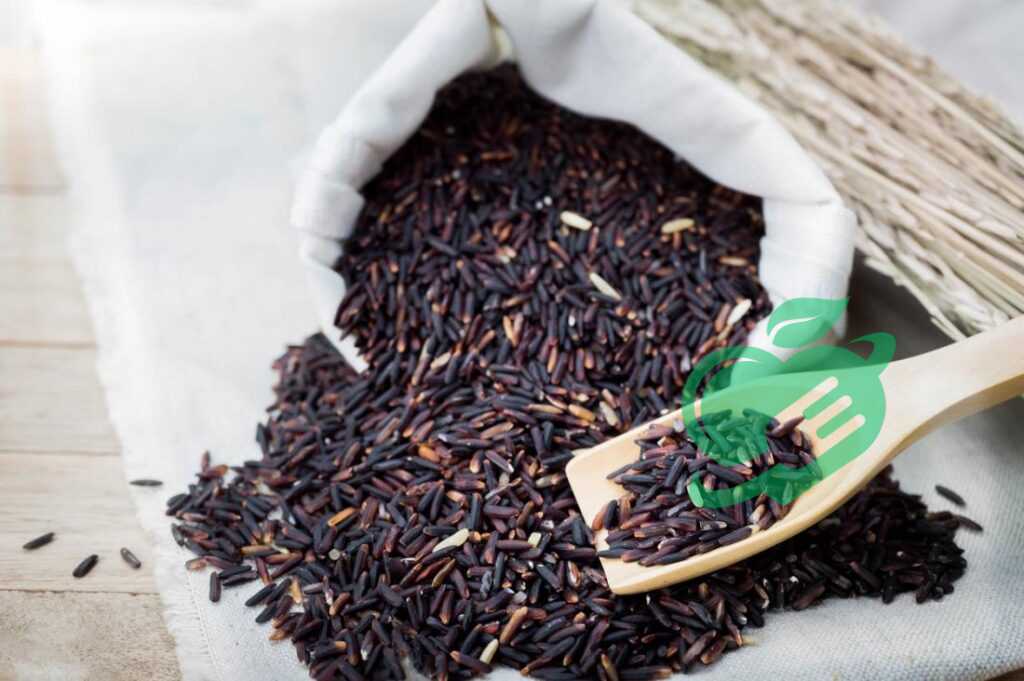
Frequently Asked Questions About Purple Rice
How to Cook Purple Rice
Cooking purple rice is straightforward, and it can be a delightful addition to your meals. Here’s a simple method to follow:
- Rinse the Rice: Start by rinsing 1 cup of purple rice in cold water until the water runs clear. This helps remove any excess starch.
- Water Ratio: Use a 2:1 ratio of water to rice—for every cup of purple rice, add 2 cups of water.
- Simmer: Bring the water to a boil, then reduce to a simmer. Cover and cook for about 30-40 minutes until the grains are tender.
- Fluff and Serve: Let it sit for a few minutes, then fluff with a fork before serving. 1.
Read also: 5 tips to ensure renewed beauty and eternal youth.
Is Purple Rice Gluten-Free?
Absolutely! Purple rice is naturally gluten-free, making it an excellent choice for those with gluten sensitivities or celiac disease.
- Versatile Alternative: Use it in salads, bowls, or as a side dish without worrying about gluten.
- Nutritional Benefits: In addition to being gluten-free, it’s packed with nutrients and fiber. 2.
Incorporating rice into your diet not only adds flavor but also expands your culinary options without gluten!
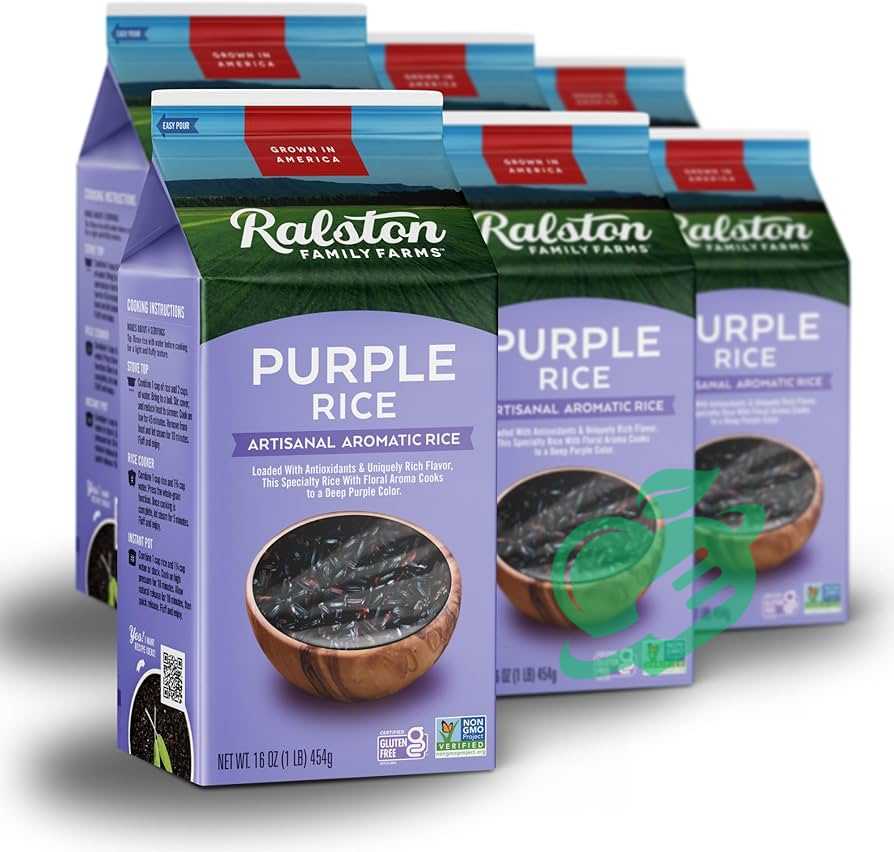
Buying Guide for Purple Rice
Where to Purchase
Finding high-quality purple rice is easier than ever, thanks to its rising popularity. You can purchase it from a variety of sources:
- Health Food Stores: Many local health food shops offer purple rice—don’t hesitate to ask a staff member for recommendations.
- Asian Grocery Stores: These stores often stock authentic varieties of purple rice, perfect for traditional dishes.
- Online Retailers: Websites like Amazon or specialized health food sites provide a wide range of options and often allow for bulk purchases.
Things to Look for When Buying
When selecting purple rice, keep these tips in mind:
- Organic Certification: Look for organic options to avoid pesticides.
- Whole Grain: Ensure that you choose whole-grain purple rice for maximum health benefits.
- Packaging: Check for airtight packaging to maintain freshness.
Read also: The Ultimate Fiber Snack List for Health-Conscious Snackers
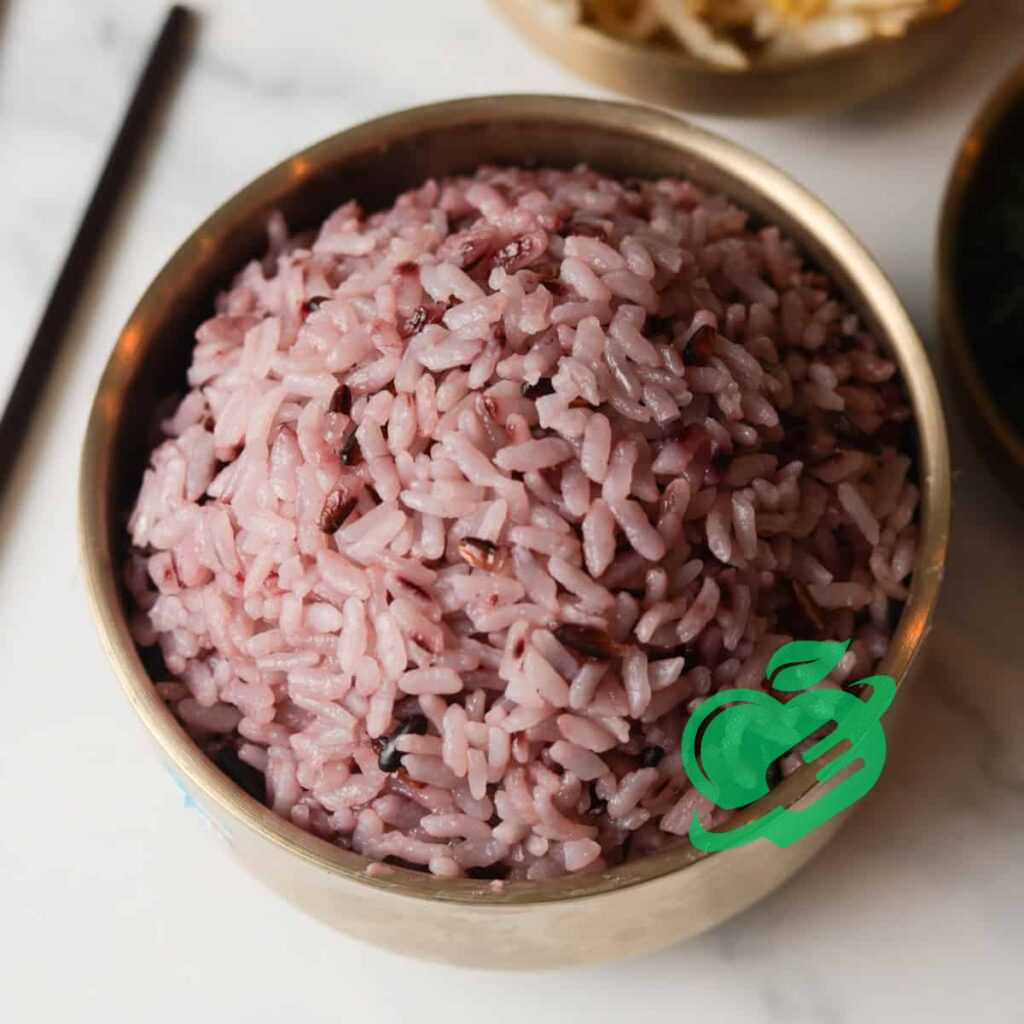
Sustainability of Purple Rice Farming
Environmental Im.pact
Growing purple rice not only benefits health but can also contribute positively to the environment. Many farms implement sustainable practices that minimize ecological footprints:
- Crop Diversity: Cultivating purple rice alongside other plants helps maintain soil health and fosters biodiversity.
- Reduced Pesticides: Some farmers opt for organic methods, using fewer chemicals, which can lead to healthier ecosystems.
- Water Conservation: Practices aimed at managing water use can be beneficial, especially in rice cultivation, where water management is crucial.
These eco-friendly practices ensure that rice farming can coexist harmoniously with nature.
Fair Trade Practices
Another important aspect of rice farming is fair trade. Many producers are increasingly adopting fair trade practices, which offer numerous benefits:
- Better Prices for Farmers: Fair trade ensures that farmers receive fair compensation for their hard work.
- Community Support: Part of the profits goes back to local communities, funding education and health initiatives.
Read also: Discover the Unique Flavor of Black Garlic Dishes.
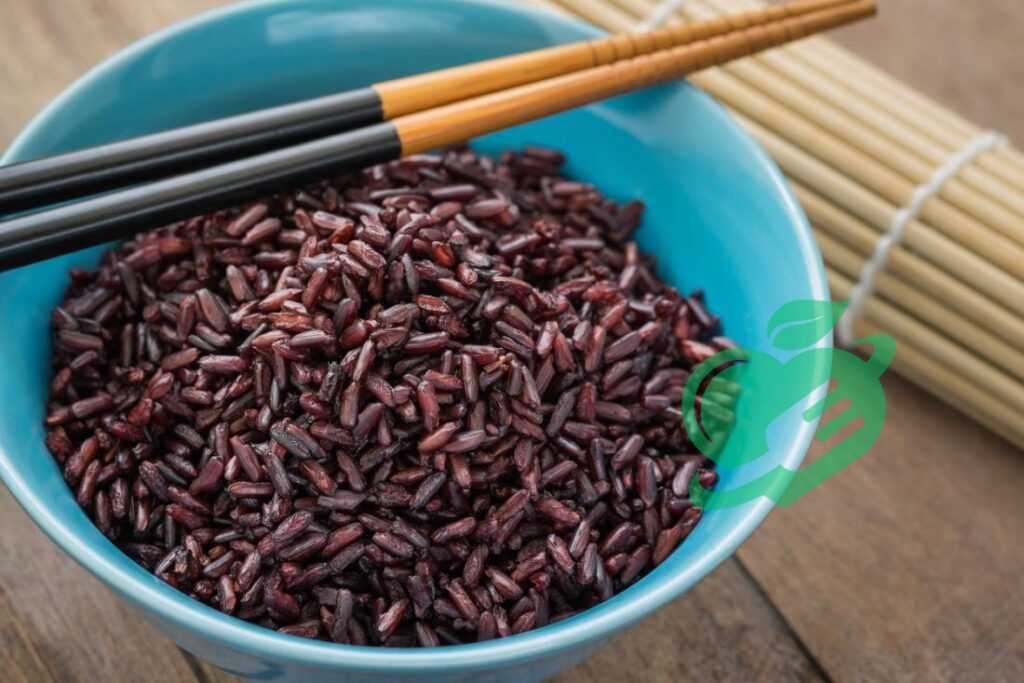
Exploring Different Varieties of Purple Rice
Purple Sticky Rice
One delightful variety of purple rice worth noting is purple sticky rice, commonly used in Asian cuisines. This glutinous rice has a wonderfully chewy texture, making it the star of many desserts and savory dishes.
- Culinary Uses: Often used in traditional desserts like mango sticky rice, it pairs perfectly with sweet toppings.
- Health Benefits: Like other purple rice, it’s rich in antioxidants and fiber, promoting overall health.
Experiencing this variety can add variety to your meals, especially in the realm of desserts!
Black Rice
Sometimes confused with rice, black rice is another stunning option. It’s slightly darker and has a nuttier flavor. Here’s what you need to know:
- Nutritional Powerhouse: Black rice is packed with anthocyanins, similar to rice, and offers a host of health benefits.
- Versatility: Black rice works well in salads and stir-fries or as a unique base for grain bowls.
Both purple sticky rice and black rice offer unique flavors and textures that can enhance your culinary adventures!
Read also: Bake Better with Our Whole Grains Bread Guide.
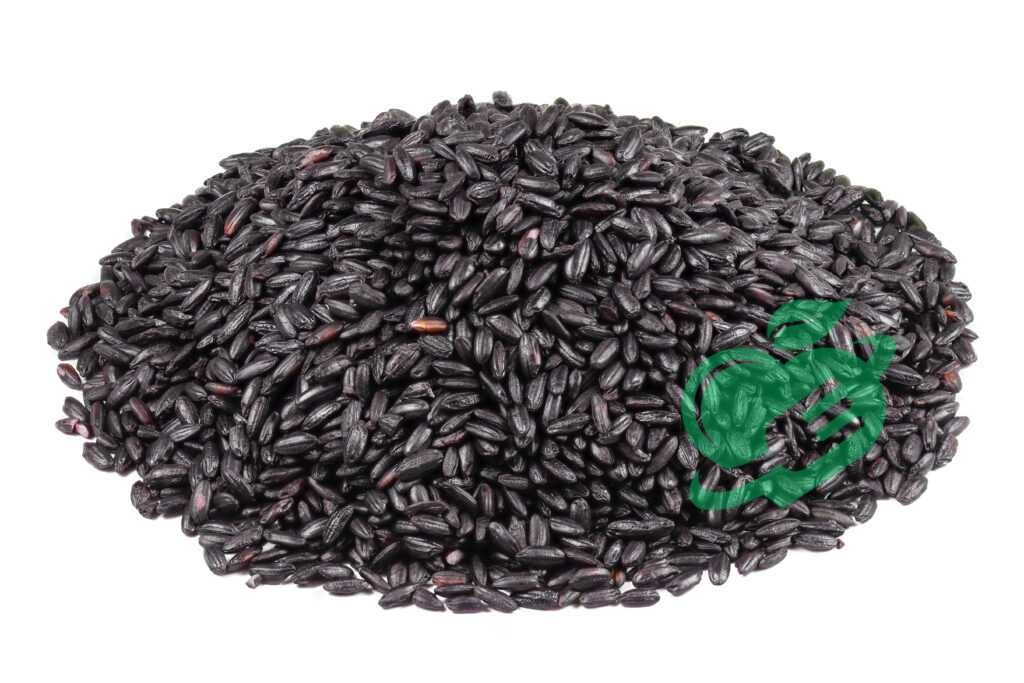
Cultural Uses and Traditions Surrounding Purple Rice
Festivals and Celebrations
Purple rice holds a special place in many cultural festivities, especially in Asian communities. It’s often featured in traditional ceremonies and family gatherings.
- Harvest Festivals: Many regions celebrate the rice harvest with communal feasts that include dishes made from purple rice, symbolizing abundance and gratitude.
- Weddings and Birthdays: In some cultures, serving rice during celebrations signifies prosperity and happiness, making it a popular choice for special occasions.
Sharing meals made with this vibrant grain fosters connections and strengthens community bonds.
Symbolism and Beliefs
Beyond its culinary applications, it is steeped in rich symbolism. Many cultures believe it embodies:
- Health and Longevity: The nutritional properties are seen as offerings for good health.
- Wealth and Fortune: The rarity and luxuriousness of purple rice often make it a symbol of wealth and prosperity.
Incorporating rice into traditions brings a deeper meaning to meals, bridging generations and cultures through shared beliefs!
Read also: Black Seed: The Miracle Cure You Need Toda.

Purple Rice in Traditional Medicine
Beyond its nutritional benefits, it has long been regarded for its healing properties in traditional medicine. Rich in antioxidants and anthocyanins, it is believed to:
- Boost Immunity: These compounds may enhance the body’s defense mechanisms against illness.
- Supports Digestive Health: The high fiber content aids in digestion, promoting gut health.
Many cultures have utilized purple rice not just as a food source but as a means to support overall well-being.
Historical Uses
Historically, it was not only a staple food but also a part of various medicinal practices. Ancient texts from Asia often reference its use in:
- Detoxification: It was consumed to cleanse the body of toxins.
- Energy Restoration: In traditional Chinese medicine, rice is said to help restore energy and balance to the body.
These historical uses highlight how rice transcends culinary boundaries, serving as both nourishment and a form of holistic healing in various cultures!
Read also: Why Choose Gluten Free Pasta: Benefits and Options.
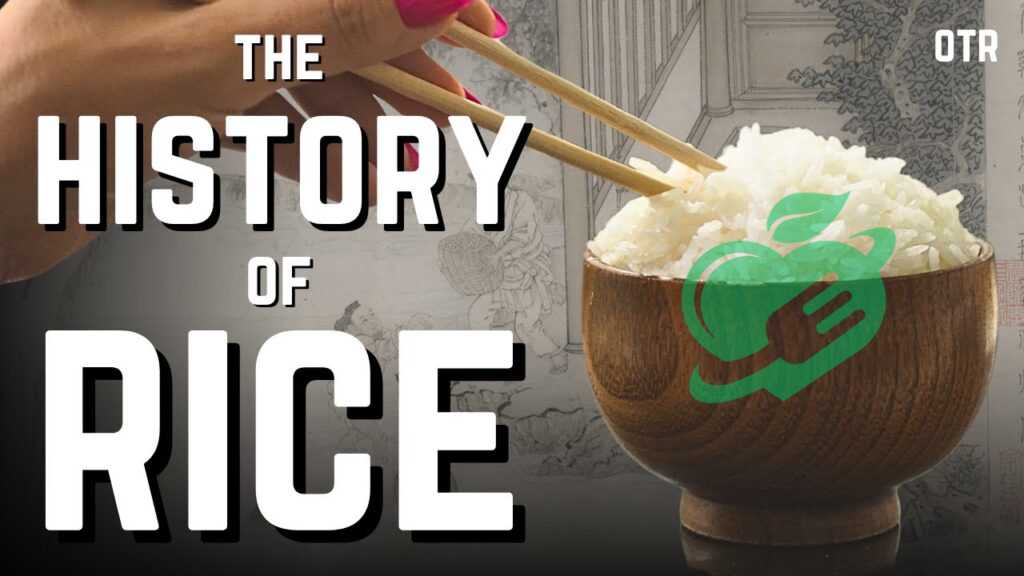
Read also: 5 perfect tips for perfect, fresh skin.
Your body is a mirror of what you eat, so make your food your source of strength and health. Choose with love and awareness what nourishes your body and soul, and be a friend of nature and its colors on your plate because proper nutrition is the key to a life full of energy and wellness. Follow us constantly as we strive to provide more useful articles and reliable information that can make a difference in your daily life and help you achieve your health goals.
- Reference
- finedininglovers ((↩))
- WebMD ((↩))


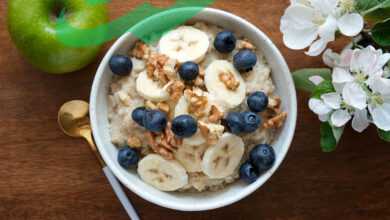

One Comment